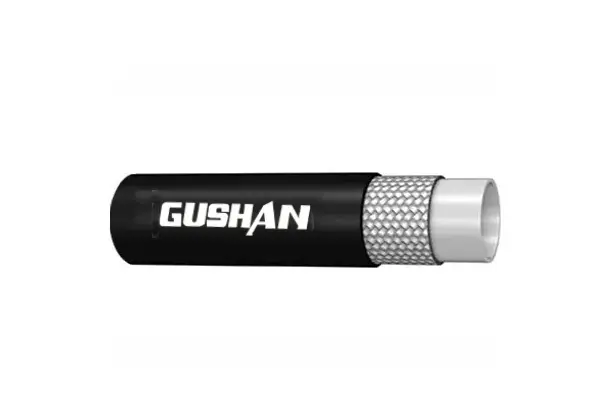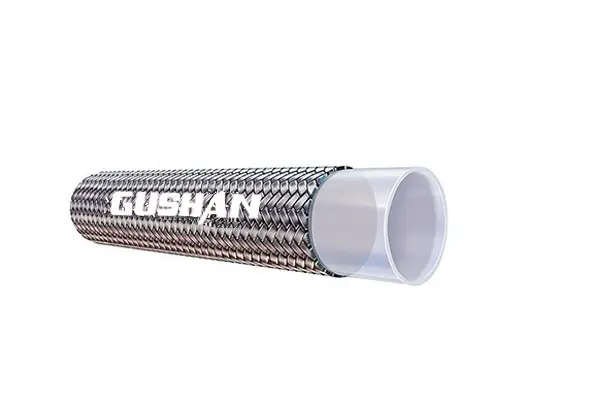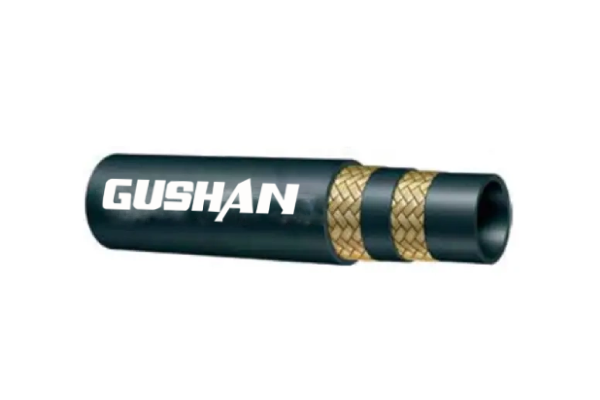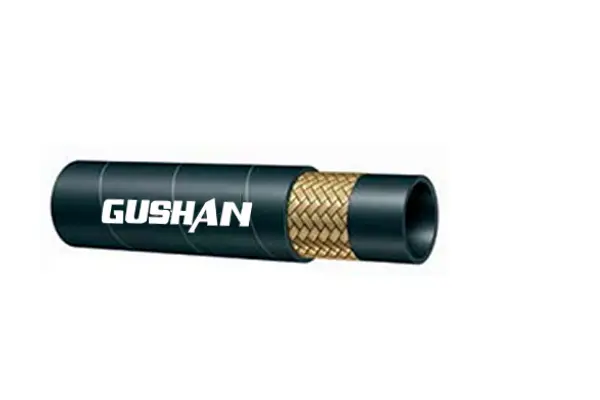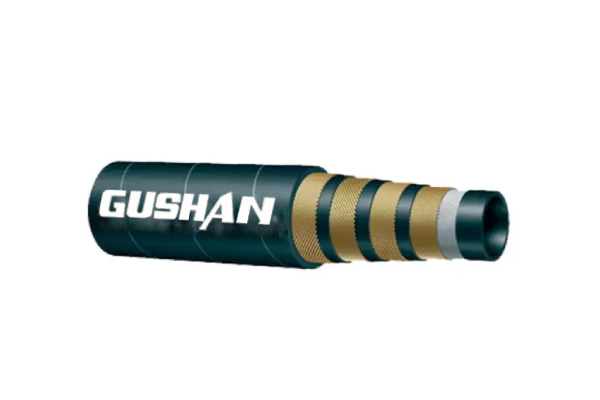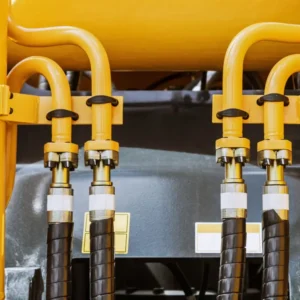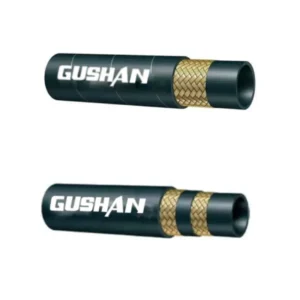Hydraulic hoses are the lifeblood of countless industrial and mobile equipment, powering everything from construction machinery to aircraft. But with so many types available, choosing the right one can be daunting. In this comprehensive guide, we’ll break down the different types of hydraulic hoses, exploring their unique characteristics, applications, and considerations.
Whether you’re a seasoned mechanic or a curious DIY enthusiast, understanding the nuances of hydraulic hose types is essential for ensuring optimal performance and safety. So let’s dive in and unravel the world of hydraulic hoses together.
What Are Hydraulic Hoses
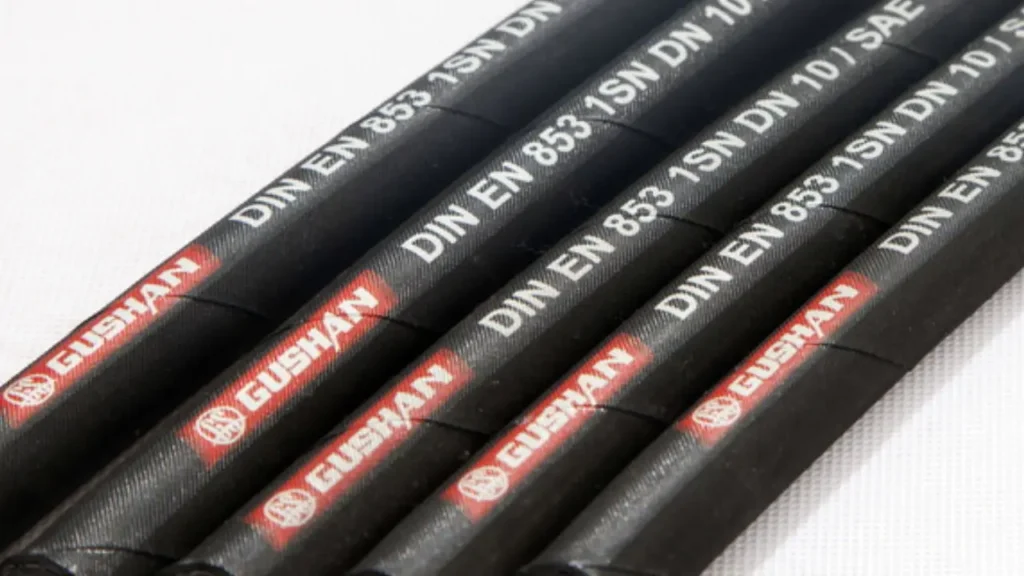
Hydraulic hoses are flexible tubes used to transfer high-pressure hydraulic fluids in various industrial and mechanical applications. They are typically composed of three main layers:
- Inner Tube: This layer is in direct contact with the hydraulic fluid and is made of materials like rubber or thermoplastic. It is designed to be resistant to the fluid’s chemical properties and pressure.
- Reinforcement Layer: This layer provides strength and durability to the hose. It can be made of braided wire, textile fibers, or spiral wire.
- Outer Cover: This layer protects the hose from abrasion, weather, and other external factors. It is often made of rubber or a synthetic material.
Hydraulic Hose Types
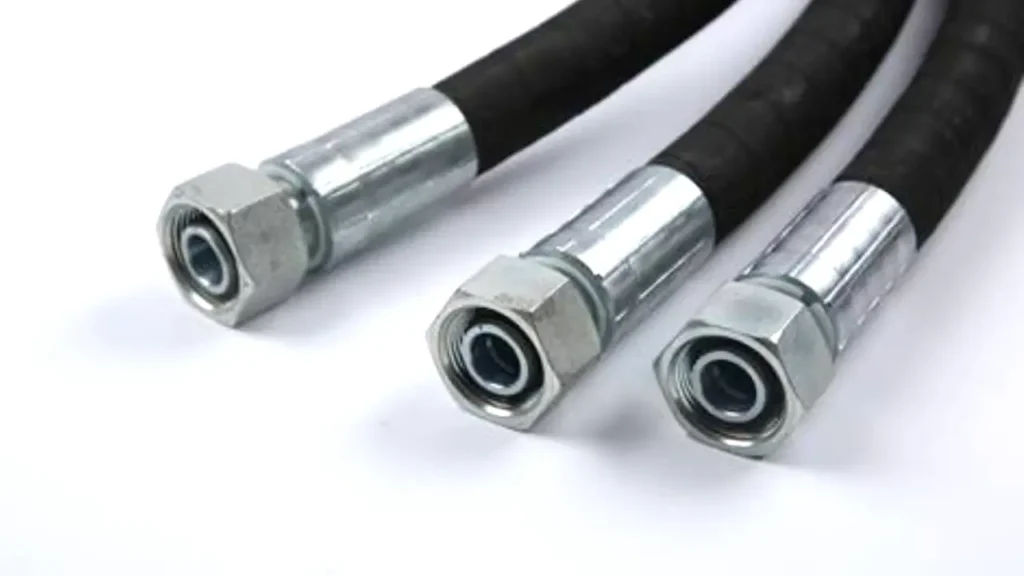
Hydraulic hoses are essential components in various industrial and mechanical applications. They are flexible tubes designed to transport high-pressure hydraulic fluids. Understanding the different types of hydraulic hoses is crucial for selecting the right one for your specific needs.
Here are the most common types of hydraulic hoses in the following:
1. Rubber Hydraulic Hoses
Rubber hoses are the most common type due to their versatility and cost-effectiveness. They offer good flexibility and resistance to a wide range of fluids. However, they may be susceptible to degradation from exposure to extreme temperatures and certain chemicals.
Key Characteristics:
- Versatility: Suitable for a wide range of applications.
- Flexibility: Allows for easy installation and routing.
- Cost-Effective: Generally more affordable than other types.
- Temperature Limitations: May not be ideal for extreme temperature conditions.
2. Thermoplastic Hydraulic Hoses
Thermoplastic hoses are becoming increasingly popular due to their superior performance and durability. They are lightweight, resistant to high temperatures and harsh chemicals, and offer excellent flexibility.
Key Characteristics:
- Lightweight: Easier to handle and install.
- High-Temperature Resistance: Suitable for applications with extreme temperature fluctuations.
- Chemical Resistance: Resistant to a wide range of chemicals and fluids.
- Excellent Flexibility: Allows for easy routing and installation.
3. Teflon Hydraulic Hoses
Teflon hoses are known for their exceptional chemical resistance, heat resistance, and low friction. They are ideal for applications involving aggressive fluids and high temperatures. However, they can be more expensive than other types of hoses.
Key Characteristics:
- Excellent Chemical Resistance: Resistant to a wide range of chemicals, including acids and bases.
- High-Temperature Resistance: Can withstand high temperatures without degrading.
- Low Friction: Reduces energy loss and improves fluid flow.
- Higher Cost: More expensive than other types of hoses.
4. Wire Braid Hydraulic Hoses
Wire braid hoses offer excellent pressure resistance and durability. They are commonly used in high-pressure applications in heavy machinery. The braided wire reinforcement provides additional strength and protection against abrasion.
Key Characteristics:
- High Pressure Resistance: Suitable for high-pressure hydraulic systems.
- Durability: Resistant to abrasion and mechanical damage.
- Excellent Flexibility: Allows for easy routing and installation.
- Higher Cost: More expensive than rubber hoses.
5. Spiral Wire Hydraulic Hoses
Spiral wire hoses are designed for applications that require frequent movement and vibration. The spiral wire reinforcement provides flexibility and protection against twisting and kinking.
Key Characteristics:
- Excellent Flexibility: Allows for easy movement and bending.
- Vibration Resistance: Reduces the risk of hose failure due to vibration.
- Durable: Resistant to abrasion and mechanical damage.
- Specific Applications: Best suited for applications with frequent movement.
By understanding the unique characteristics of each type of hydraulic hose, you can select the right one for your specific application. Consider factors such as pressure rating, temperature range, fluid compatibility, and application environment to make an informed decision.
Here is the chart showing you different types of hydraulic hoses and their characteristics.
| Type | Characteristics | Applications |
|---|---|---|
| Rubber Hoses | Versatile, cost-effective, good flexibility, resistant to a wide range of fluids. | General-purpose applications, construction equipment, agricultural machinery. |
| Thermoplastic Hoses | Lightweight, resistant to high temperatures and harsh chemicals, excellent flexibility. | Applications with extreme temperature fluctuations, construction equipment, and agricultural machinery. |
| Teflon Hoses | Highly resistant to chemicals, heat, and abrasion. | Aerospace, chemical processing, food processing industries. |
| Wire Braid Hoses | Excellent pressure resistance, durable, resistant to abrasion and mechanical damage. | High-pressure applications in heavy machinery, mining, and construction equipment. |
| Spiral Wire Hoses | Good flexibility, resistant to twisting and kinking, suitable for applications with frequent movement and vibration. | Mobile equipment, machinery with frequent movement. |
Hydraulic hoses are essential components in various industrial and mechanical applications. They are flexible tubes designed to transport high-pressure hydraulic fluids. Understanding the different types of hydraulic hoses is crucial for selecting the right one for your specific needs. Here’s a breakdown of the most common types:
How to Identify Hydraulic Hose Types
Identifying the type of hydraulic hose is crucial for ensuring its proper use and replacement. Here are some key methods to help you identify different types:
Visual Inspection
Hydraulic Hose Construction:
- Rubber Hoses: Typically have a rubber outer cover and may have one or more layers of wire braid reinforcement.
- Thermoplastic Hoses: Often have a smooth, plastic outer cover and may be reinforced with wire braid or textile fibers.
- Teflon Hoses: Feature a distinctive, white or yellow outer cover and are highly resistant to chemicals and heat.
- Wire Braid Hoses: Have multiple layers of wire braid reinforcement, providing excellent pressure resistance and durability.
Hose Markings:
- Manufacturer‘s Logo: Look for the manufacturer‘s logo or brand name printed on the hose.
- Specifications: Check for markings indicating pressure rating, temperature range, and fluid compatibility.
- Date Code: This can help determine the age of the hose.
Checking the Hydraulic Hose Fittings
Fitting Type:
- Crimped Fittings: Permanently attached to the hose.
- Reusable Fittings: Can be reattached to different hoses.
Thread Type:
- NPT (National Pipe Thread): Tapered threads commonly used in North America.
- BSPT (British Standard Pipe Taper): Tapered threads commonly used in Europe.
- Metric Taper: Tapered threads used in metric systems.
Remember:
- Safety First: Always handle hydraulic hoses with care, as they can be under high pressure.
- Professional Inspection: If you are unsure about the type of hydraulic hose, consult with a qualified hydraulic technician or engineer.
- Regular Inspection: Regularly inspect hydraulic hoses for signs of wear, damage, or leaks.
By following these steps and considering the factors mentioned above, you can accurately identify hydraulic hose types and ensure the safe and efficient operation of your hydraulic system.
How to Choose the Right Hydraulic Hose
Selecting the right hydraulic hose is crucial for ensuring the safety, efficiency, and longevity of your hydraulic system. Here are the key factors to consider:
1. Pressure Rating:
- Maximum Working Pressure (MWP): This is the maximum pressure the hose can withstand in continuous operation.
- Burst Pressure: This is the pressure at which the hose will fail catastrophically.
- Impulse Pressure: This is the ability of the hose to withstand pressure spikes or surges.
2. Temperature Range:
- Operating Temperature: This is the range of temperatures the hose can withstand without compromising its performance.
- Ambient Temperature: This is the temperature of the surrounding environment.
3. Fluid Compatibility:
- Chemical Resistance: Ensure the hose is compatible with the specific hydraulic fluid being used.
- Fluid Compatibility Chart: Consult the manufacturer‘s fluid compatibility chart to identify suitable hoses.
4. Hose Material:
- Rubber Hoses: Versatile and cost-effective, suitable for general-purpose applications.
- Thermoplastic Hoses: Lightweight, flexible, and resistant to high temperatures and harsh chemicals.
- Teflon Hoses: Highly resistant to chemicals, heat, and abrasion, ideal for demanding applications.
- Wire Braid Hoses: Offer excellent pressure resistance and durability, suitable for high-pressure applications.
- Spiral Wire Hoses: Provide good flexibility and resistance to twisting, ideal for applications with frequent movement.
5. Hose Size and Length:
- Inner Diameter (ID): Determines the flow rate of the fluid.
- Outer Diameter (OD): Determines the physical size and weight of the hose.
- Hose Length: Ensure the hose is long enough for your application, but avoid excessive length to minimize pressure drop.
6. Hose Reinforcement:
- Wire Braid: Provides excellent pressure resistance and durability.
- Textile Braid: Offers good flexibility and resistance to abrasion.
- Spiral Wire: Provides good flexibility and resistance to twisting.
7. Fittings and Couplings:
- Compatibility: Ensure the fittings and couplings are compatible with the hose and the system’s components.
- Sealing: Proper sealing is essential to prevent leaks and maintain system pressure.
8. Installation and Maintenance:
- Proper Installation: Follow the manufacturer‘s guidelines for proper installation.
- Regular Inspection: Inspect the hose for signs of wear, damage, or leaks.
- Avoid Excessive Bending: Excessive bending can weaken the hose and lead to premature failure.
- Protect from Abrasion: Protect the hose from mechanical damage.
By carefully considering these factors, you can select the right hydraulic hose to ensure the optimal performance and safety of your hydraulic system.
Conclusion
Understanding the diverse range of hydraulic hose types is crucial for ensuring the optimal performance and longevity of your hydraulic systems. By carefully considering factors like pressure, temperature, fluid compatibility, and application environment, you can select the right hose to meet your specific needs.
Ready to find the perfect hydraulic hose for your application? Contact [Your Company Name] today to receive a customized quote. Our team of experts will work with you to identify the ideal hose solution, ensuring maximum efficiency and reliability.
Don’t compromise on the performance of your hydraulic system. Choose the right hose, choose us as your reliable hydraulic hose factory now.

